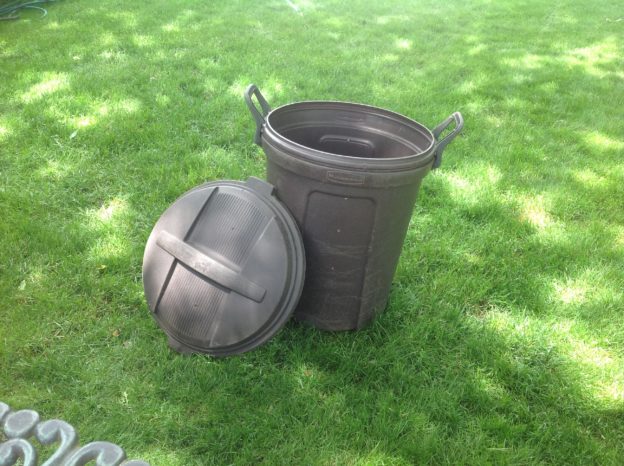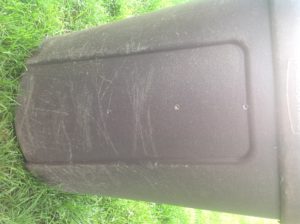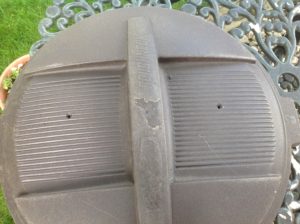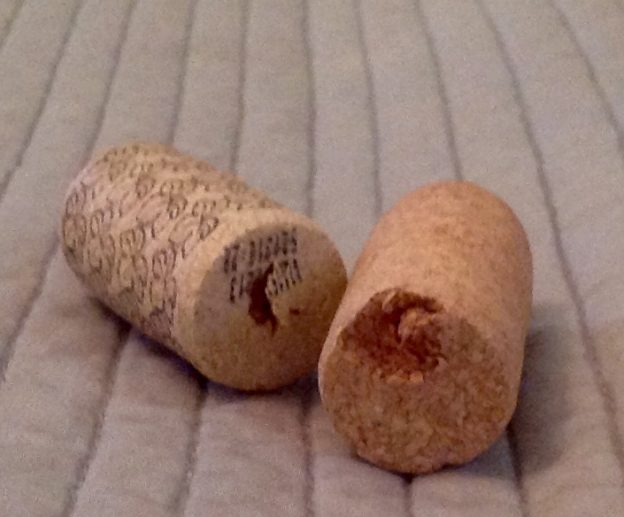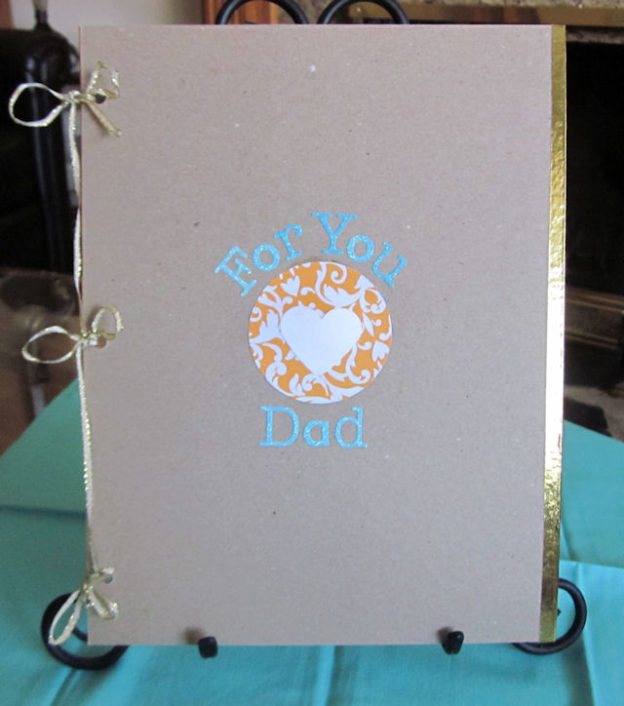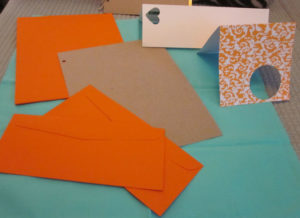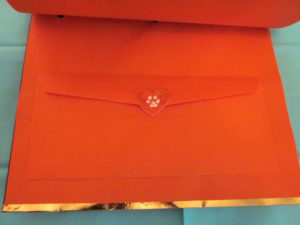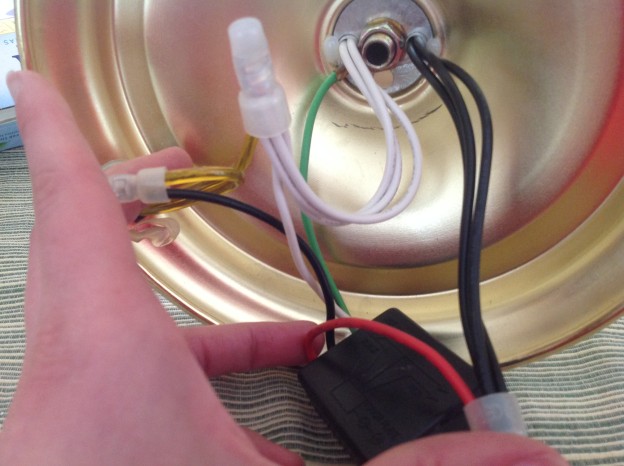I have been feeling a little guilty ever since I put up this post, Naturally Resourceful: Getting Scrappy with Vegetables! I mentioned in that post that I was too time-crunched to have a compost heap even though it would be great for my plants and the environment.
Nothing has changed schedule-wise for me since then. However, my passion for gardening is now completely unhinged. (It gets me through the day, people!) I found I was spending an enormous amount of money on compost which is so riduculous considering I was, guiltily, throwing away things all the time that can be composted. So, I decided to save money, myself from guilt and, hopefully a little of the environment by starting a compost bin.
I decided to use this garbage pail because it has a lid and I want to keep creatures out of my bin. I burned holes in the sides:
And the lid:
With a hot glue gun. I do not endorse this method because melting plastic never seems like a great idea. However, my cordless drill wasn’t charged (as usual) and I really wanted to get it done. I waited until I could no longer smell melted plastic and then gave the can a good swabbing before I started to add compost ingredients.
There are so many good resources for what to put in compost and even more importantly, what not to, like Jeff Yeager’s Rotten Luv, I am not going to go into too much detail. Basically, you want a 2:1 ratio of brown matter to green matter. I used newspaper shreds for brown matter. (I figured The NY Times was appropriate for a compost heap named Miles) and for the green matter, I put in coffee grounds, eggshells (No, I didn’t eat the eggs!), plant stems, veggie and fruit peels.
I layered the ingredients and gave it a stir. And that’s it. I’ll keep adding the ingredients in that 2:1 ratio, and keep stirring it up. Mostly, I can just let nature turn it into Black Gold for me. There are more significant holes in the bottom of the can. I placed it directly on dirt in the hopes that some worms will find their way in and take up residence, further enriching Miles with their castings.
Why did I name my compost heap? Jeff Yeager named his Gomer. I thought it was funny. So, I decided mine needed to be named too. So, Miles the Pile was born yesterday May 27, 2017. I am looking forward to seeing him and my garden grow!
Many blessings,
Cynthia

